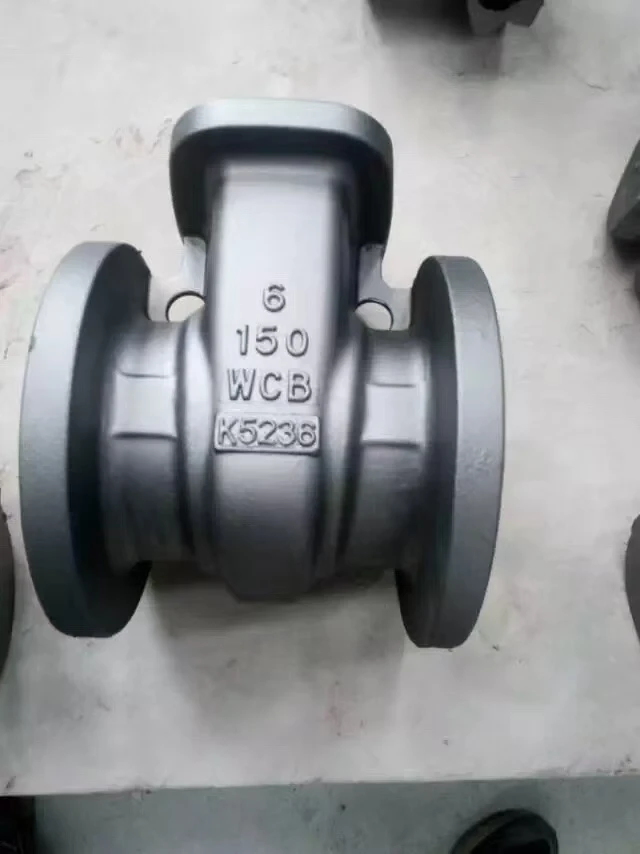The Art of Sanding a 3D Print Achieving a Flawless Finish
3D printing has revolutionized the way we create prototypes, models, and even functional parts. However, one crucial aspect of achieving a professional look for your 3D printed items lies in post-processing techniques, with sanding being one of the most effective methods. While 3D printing allows us to rapidly produce complex shapes and structures, the surface quality often leaves something to be desired. This article explores the importance of sanding in the finishing process, provides tips and techniques, and discusses how to achieve the best results.
Understanding the Need for Sanding
When a 3D print emerges from the printer, it often displays visible layer lines and rough surfaces. These imperfections can detract from the aesthetic appeal and functionality of the final product. Sanding serves to smooth out these imperfections, resulting in a polished surface that enhances both appearance and tactile quality. Moreover, sanding can also prepare the surface for additional finishing techniques such as painting or applying a clear coat, further elevating the final look of the print.
Tools and Materials Needed for Sanding
Before diving into the sanding process, it's essential to equip yourself with the right tools. The following items are typically necessary
1. Sandpaper Variety of grits from coarse (around 80-120) to fine (up to 2000 or higher) will be needed. Start with coarse grit to remove significant imperfections and work your way to finer grits for a smooth finish.
2. Sanding Block or Sponge Using a sanding block offers better control and even pressure while sanding, ensuring a more uniform finish.
3. Safety Gear Always wear a dust mask and goggles to protect yourself from inhaling dust particles and debris, especially when sanding materials like PLA or ABS.
4. Water (Optional) Wet sanding can reduce dust and help achieve a smoother finish, particularly with finer grits.
The Sanding Process
1. Preparation Begin by cleaning your print to remove any dust or debris. Inspect the model and identify spots that require more attention. This can include layer inconsistencies, support structure remnants, or other flaws.
sanding a 3d print

2. Rough Sanding Start with a coarse grit sandpaper (around 80-120 grit) to tackle the more significant imperfections. Use a sandpaper or sanding block to gently sand the surface, focusing on high spots and layer lines. Remember to sand evenly to avoid creating new uneven surfaces.
3. Intermediate Sanding Once the rough edges are smoothed out, switch to a medium grit sandpaper (around 150-220 grit). This phase will help refine the surface further and erase any scratches left from the coarse sanding.
4. Fine Sanding For the final touches, use fine grit sandpaper (400-2000 grit). This will help polish the surface, leading to a smooth, matte finish. If you are wet sanding, keep the surface damp to minimize dust and enhance the quality of the finish.
5. Final Cleanup After sanding, it’s crucial to clean the model thoroughly. Use a brush or compressed air to remove loose dust and debris. This ensures that you won’t seal in any particles if you decide to paint or prime the model.
Additional Tips for Success
- Take Your Time Sanding is a meticulous process that requires patience. Rushing through may lead to uneven surfaces and additional work.
- Be Mindful of Heat 3D printing materials like PLA can soften with excessive heat. Apply gentle pressure to avoid deforming your print.
- Consider the Model’s Geometry Curved or intricate designs may require different sanding techniques. For instance, you might want to use flexible sanding sponges or curved sanding tools for concave surfaces.
- Test Your Technique If you’re unsure about how your print will respond to sanding, perform a test on a smaller or less critical piece before committing to your main model.
Conclusion
Sanding is an essential step in the lifecycle of a 3D printed object, transforming a blocky print into an elegant and refined piece. By taking the time to properly sand your prints, you can significantly improve their aesthetic and functional qualities. Armed with the right tools and techniques, you can turn your 3D prints into works of art that truly showcase the capabilities of modern manufacturing. Embrace the process, and enjoy the satisfaction that comes from a job well done.
Post time:ធ្នូ . 29, 2024 07:16
Next:what products are made from sand casting
